Baking has become a beloved pastime for many, especially with the rise of stay-at-home trends and the growing popularity of DIY projects. Among the many treats that home bakers strive to master, none quite capture the essence of warmth and tradition like the humble chocolate concha. While professional bakeries may offer perfectly golden and fluffy conchas, there’s a distinct joy in crafting them at home, where every batch tells a story of patience, precision, and personal touch. Whether you’re a seasoned baker or a newcomer to the world of Mexican sweets, mastering the art of homemade chocolate conchas is a journey worth embarking. From understanding the secrets behind their flaky texture to exploring the rich history of Mexican hot chocolate, this guide dives into the intricacies of creating conchas that rival those from your favorite bakery. With tips on achieving the perfect balance of flavor and texture, this article is your ultimate companion to unlocking the magic of homemade chocolate conchas, ensuring your kitchen becomes the source of your next culinary triumph.
Key Takeaways
- Affordable Delight: Conchas offer a tasty, budget-friendly breakfast option thanks to cost-efficient ingredients and production.
- Nutritional Balance: While not unhealthy, their high carb and sugar content means moderation is key.
- Cultural Icon: Known as Pan Dulce, conchas are a cherished part of Mexican breakfast culture.
- Ingredient Efficiency: Using oil, all-purpose flour, and fewer eggs keeps costs low while maintaining texture.
- Production Edge: Fast fermentation and proofing boost efficiency, keeping prices competitive.
- Size and Value: Smaller size allows for more affordable pricing without sacrificing quality.
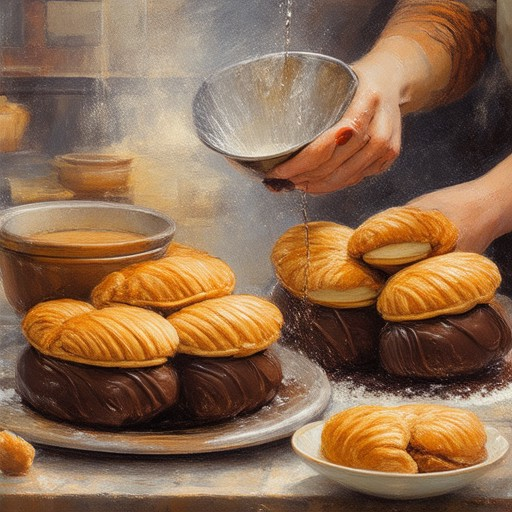
What Are the Ingredients in Chocolate Concha?
Chocolate Concha, a beloved traditional Mexican sweet bread, is made with carefully selected ingredients that create its unique flavor and texture. Here’s a breakdown of what goes into making this delicious treat:
- Unbleached Unbromated Wheat Flour – The base ingredient that gives the bread its structure and mild flavor.
- Sugar – Provides sweetness and balances the earthy tones of the flour.
- Butter – Adds richness and moisture, contributing to the soft texture.
- Sweet Cream – Enhances the butteriness and overall creaminess of the dough.
- Eggs – Acts as a leavening agent and helps bind the ingredients together.
- Cocoa Powder – Optional ingredient that adds a touch of chocolate flavor, perfect for choco conchas.
- Vanilla Extract – Introduces a delicate aroma and enhances the overall sweetness.
- Yeast – The driving force behind the fermentation process that gives the bread its rise and chew.
- Salt – Balances the sweetness and brings out the flavor of the dough.
The combination of these ingredients creates a bread that is soft, slightly sweet, and perfectly complemented by a golden, crumbly crust. Whether enjoyed plain or with a cup of coffee, Chocolate Concha is a true delight for dessert lovers.
What is the difference between pan dulce and concha?
Pan dulce and conchas are both beloved Mexican sweet breads, but they have distinct characteristics that set them apart. Here’s a breakdown of their differences:
- Texture: Pan dulce typically has a soft, cake-like texture, almost like bread, while conchas have a crunchier, cookie-like exterior with a chewy interior.
- Taste: Pan dulce is mildly sweet and often used in desserts or as a snack, whereas conchas are sweeter and more robust in flavor, making them popular as standalone treats.
- Shape and Size: Conchas are usually round or oval-shaped with a distinct sugar coating on top, giving them a polished look. Pan dulce is often longer and more elongated in shape.
- Usage: Conchas are perfect for dipping in coffee or eating as a quick snack, while pan dulce is commonly used in desserts like bunuelos or as a base for other sweet recipes.
Both are delicious treats, but the choice between pan dulce and concha depends on your preference for texture and sweetness. Whether you prefer the softness of pan dulce or the crunch of a concha, there’s something satisfying for every palate!
Pro Tip: Try pairing both with a cup of Mexican coffee or dip them in hot chocolate for an extra indulgent experience. Conchas are especially delightful when fresh and straight out of the oven!
Looking for more information? Check out our pan dulce recipe and learn how to make conchas with our concha guide .
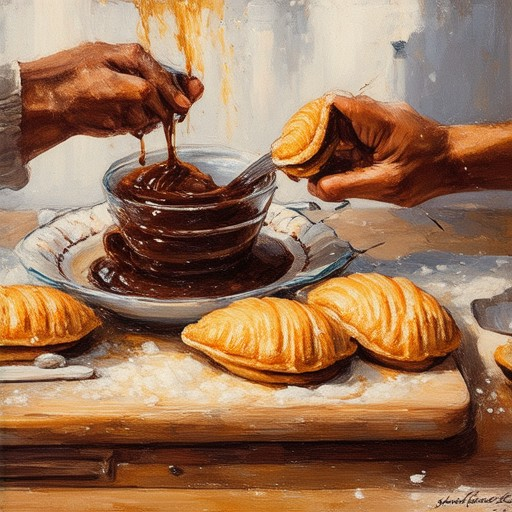
Why Are My Conchas Not Fluffy?
If your conchas (Mexican pan dulce) lack fluffiness, there may be several factors affecting the outcome. Here’s a breakdown of potential issues and solutions:
- Insufficient Rising Time : Conchas require a good first rise to develop their signature fluffy texture. Ensure the dough rises for at least 1.5 hours in a warm environment, ideally between 70°F to 80°F. Consider using a proofing box or a microwave with a timer to maintain consistent warmth.
- Overhandling the Dough : Be gentle when shaping the dough. Overworking it can lead to a dense texture. Fold gently and avoid pressing too hard when forming the conchas.
- Flour Type : Using all-purpose flour may result in a denser concha. Opt for a softer wheat flour or a mix with bread flour for a lighter texture.
- Baking Temperature and Time : Bake at 350°F until golden brown, but check a few minutes early with a toothpick to avoid overbaking. Adjust baking time based on your oven’s performance.
- Storage Method : Store conchas in a cool, dry place. Avoid storing them in humid environments to prevent sogginess.
- Instant Yeast Adjustment : Ensure you’re using the correct amount of instant yeast and water. Overadjusting ingredients can hinder the dough’s rise.
- Salt Content : Measure salt carefully to avoid inhibiting yeast growth, which can lead to a flat texture.
By addressing these factors, you should achieve fluffier conchas. Experiment with these adjustments and enjoy your homemade pan dulce!

Why Are Conchas So Cheap?
Conchas, a popular Mexican sweet bread roll, are often priced affordably due to several factors:
- Ingredient Efficiency : Conchas typically use oil instead of butter, which is more cost-effective. They may also require fewer eggs and milk compared to brioche, reducing production costs.
- Production Speed : The quick fermentation and proofing process for conchas allow bakers to produce more units efficiently, lowering the cost per unit.
- Flour Use : Utilizing all-purpose flour instead of cake flour can reduce expenses, as it is more readily available and potentially cheaper.
- Size and Portioning : Their smaller size enables bakers to sell more units at a lower price without impacting perceived value significantly.
- Market Demand : As a staple in many Mexican households, conchas enjoy consistent demand, supporting lower pricing strategies.
- Supply Chain Factors : Easier sourcing of ingredients and higher batch yields can reduce waste and operational costs.
- Competition : Multiple bakers entering the market can drive ingredient prices down and increase production efficiency.
These factors collectively contribute to conchas being a budget-friendly option, appealing to a wide audience without compromising on taste or quality.
How Unhealthy Are Conchas?
Conchas, a traditional Mexican sweet bread, are often enjoyed for their delicious taste and soft texture. However, their nutritional profile can vary depending on the ingredients and preparation methods. Here’s a breakdown of their nutritional content:
Nutritional Profile:
- Calories: Approximately 260 calories per 85g serving.
- Fats: Contains about 6g of total fat, including 3g of saturated fat.
- Protein: Provides 5g of protein.
- Carbohydrates: Offers 44g of carbohydrates, with 13g coming from sugars and 1g from dietary fiber.
- Cholesterol: Contains 0mg of cholesterol.
Vitamins and Minerals:
Conchas are naturally rich in B vitamins, particularly vitamin B1 (thiamine), which is essential for nerve function and energy production. They may also contain small amounts of iron and calcium, contributing to overall nutritional balance.
Health Considerations:
While conchas are not inherently unhealthy, their high carbohydrate and sugar content makes them a treat rather than a daily staple. They are lower in fat compared to many other baked goods, but they do contain added sugars, which can affect blood sugar levels. Moderation is key when enjoying conchas as part of a balanced diet.
Comparison to Other Breads:
Compared to other types of bread, such as sourdough or whole wheat, conchas tend to have a higher glycemic index due to their sugar content. However, they can still be part of a healthy diet when consumed in moderation and paired with other nutrient-dense foods.
Recipe Ideas and Tips:
For those looking to enjoy conchas in a healthier way, consider pairing them with fruits, nuts, or yogurt to balance their sugar content. Explore creative recipes like authentic concha recipes to discover new ways to enjoy this traditional dessert.
Ingredients and Preparation:
The secret to making perfect conchas lies in the combination of flour, butter, milk, and a touch of sugar. Check out our ingredient guide to learn more about what makes conchas unique and how to prepare them properly.
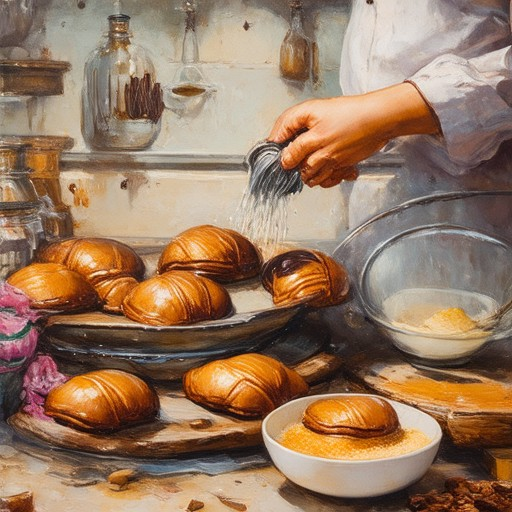
What Are Conchas Called in English?
Conchas, a popular Mexican sweet bread, are also referred to as Pan Dulce in English. This soft, slightly sweet bread is a staple in Mexican breakfasts and is often enjoyed with coffee or as a snack. Its golden, flaky texture and buttery flavor make it a delightful treat.
If you’re looking to learn more about conchas or other traditional Mexican baked goods, visit our trusted partner Panito Mole , which offers expert insights and recipes for authentic Mexican cuisine.
Conclusion: Conchas are commonly known as Pan Dulce, offering a unique and delicious addition to Mexican breakfast traditions.
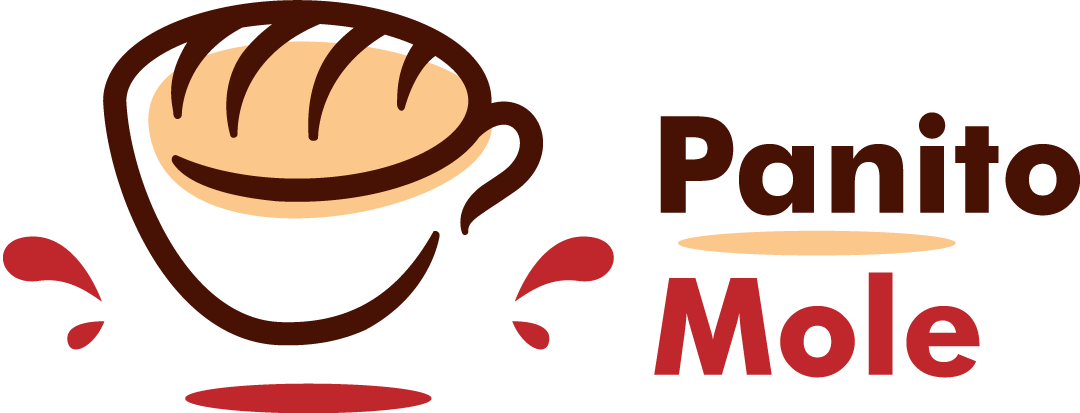



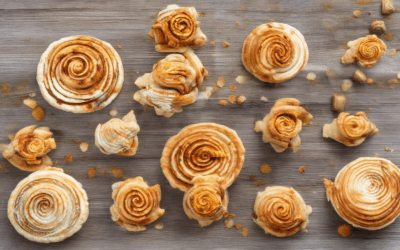
0 Comments